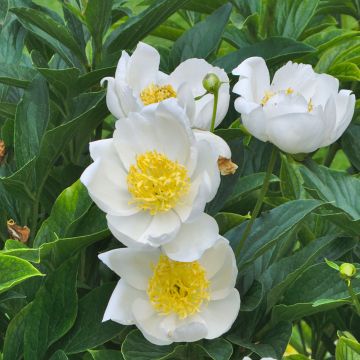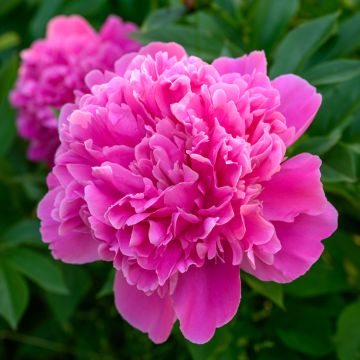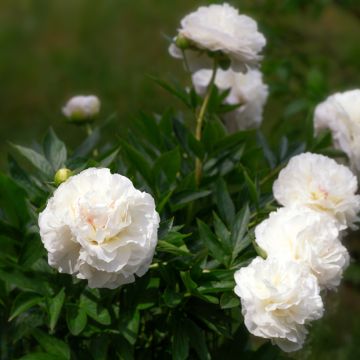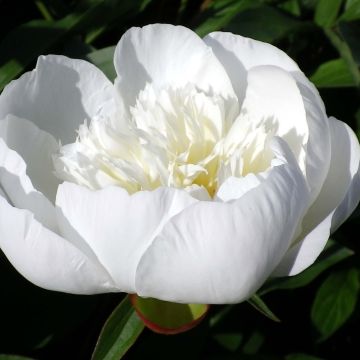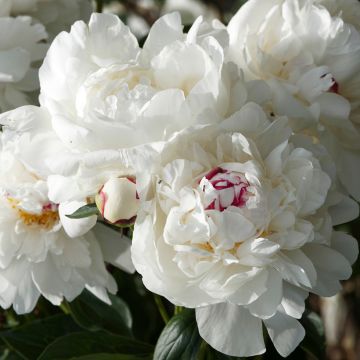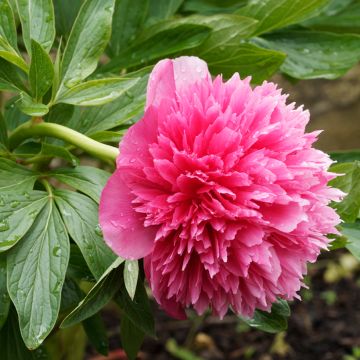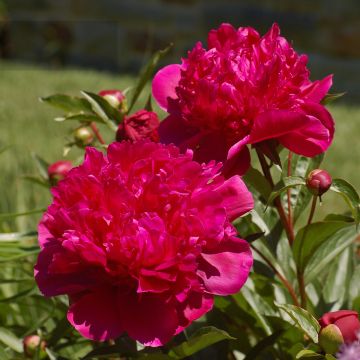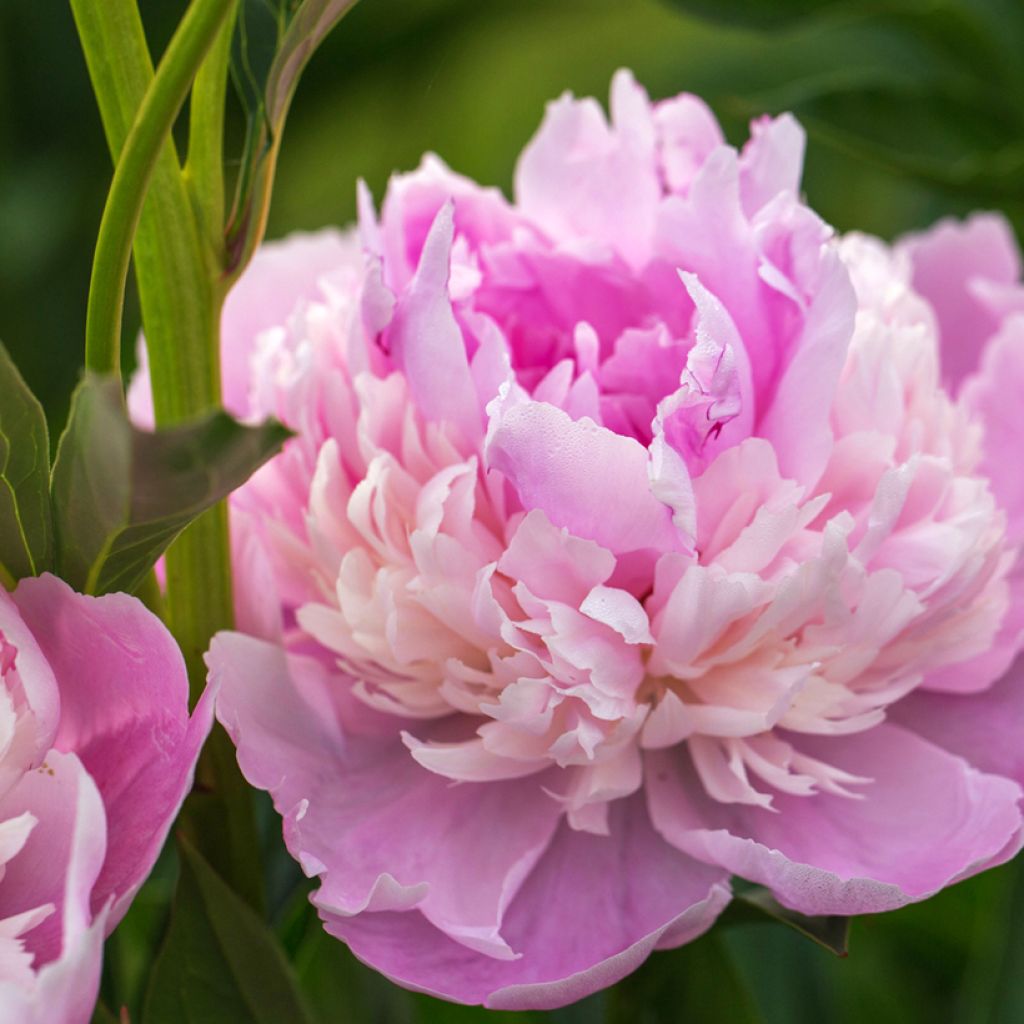

Paeonia lactiflora Sorbet
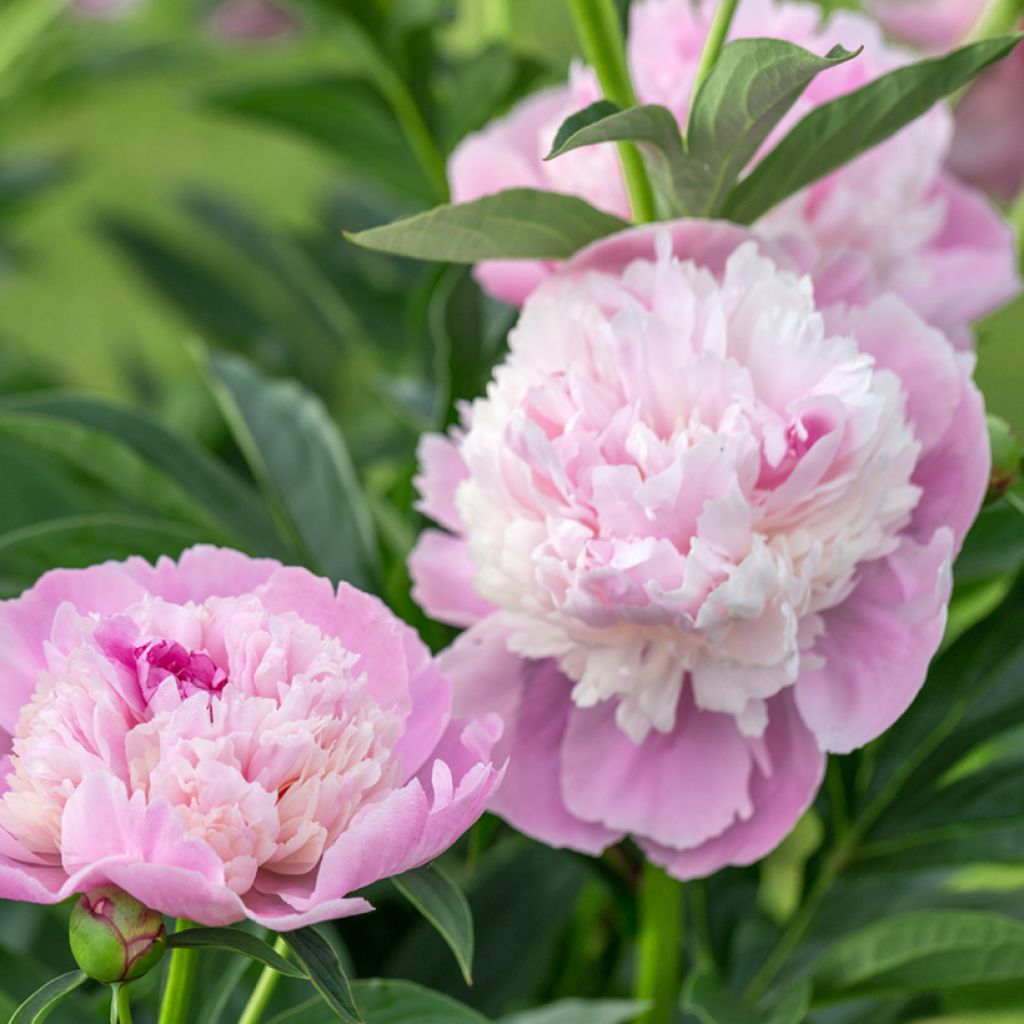

Paeonia lactiflora Sorbet
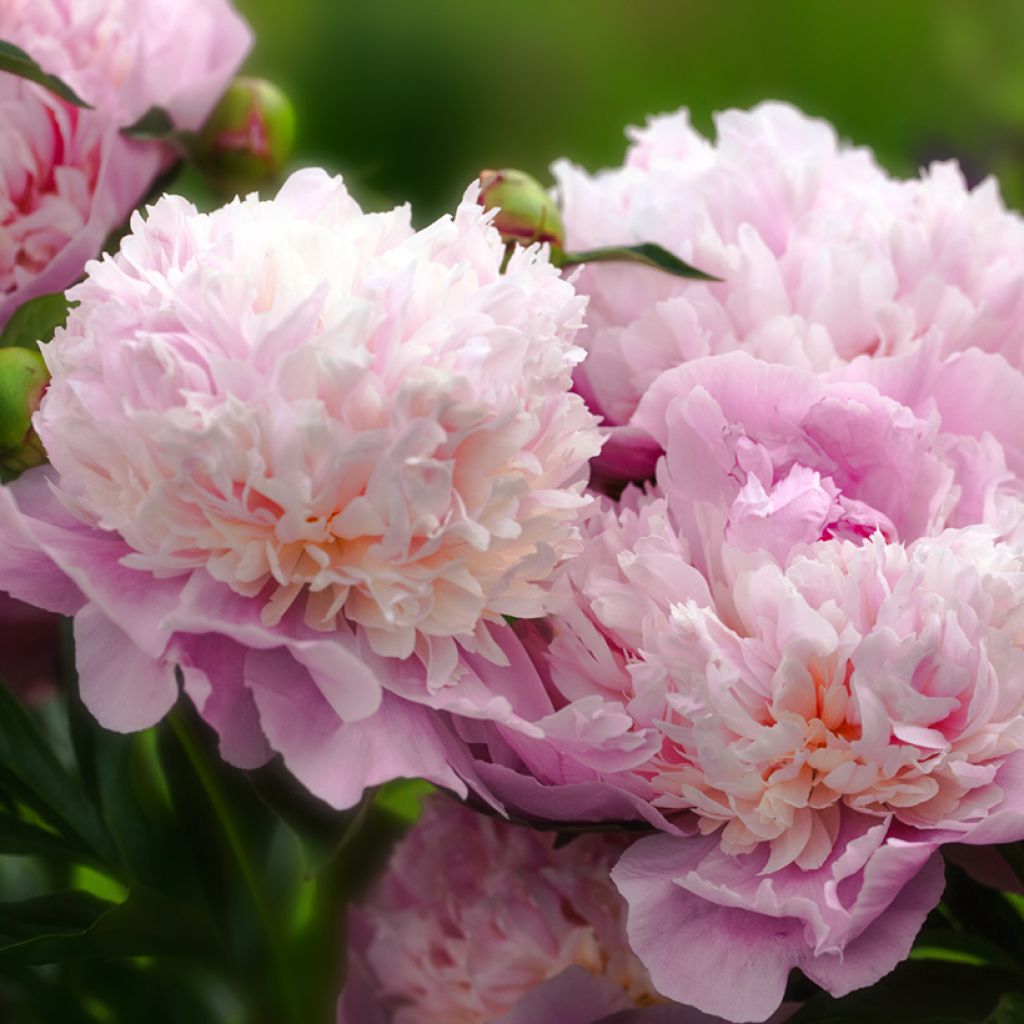

Paeonia lactiflora Sorbet


Paeonia lactiflora Sorbet
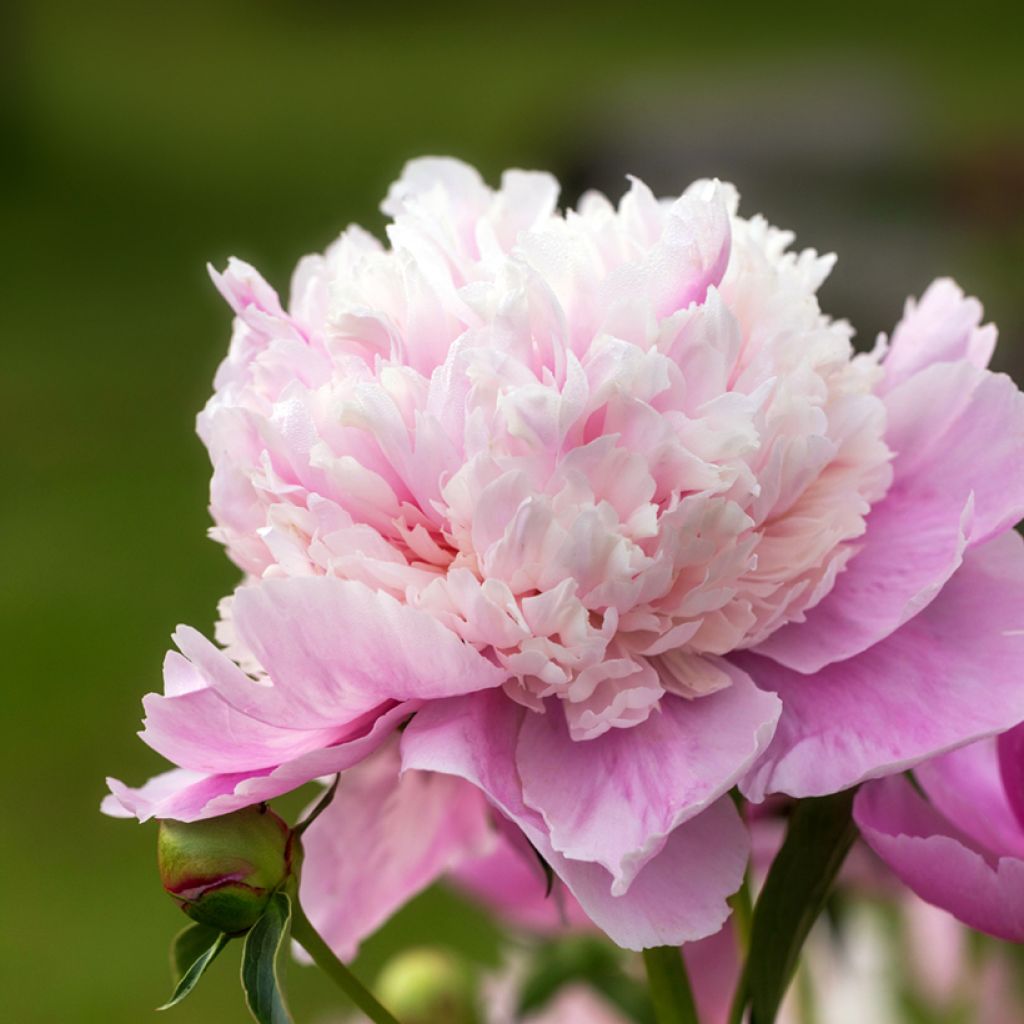

Paeonia lactiflora Sorbet
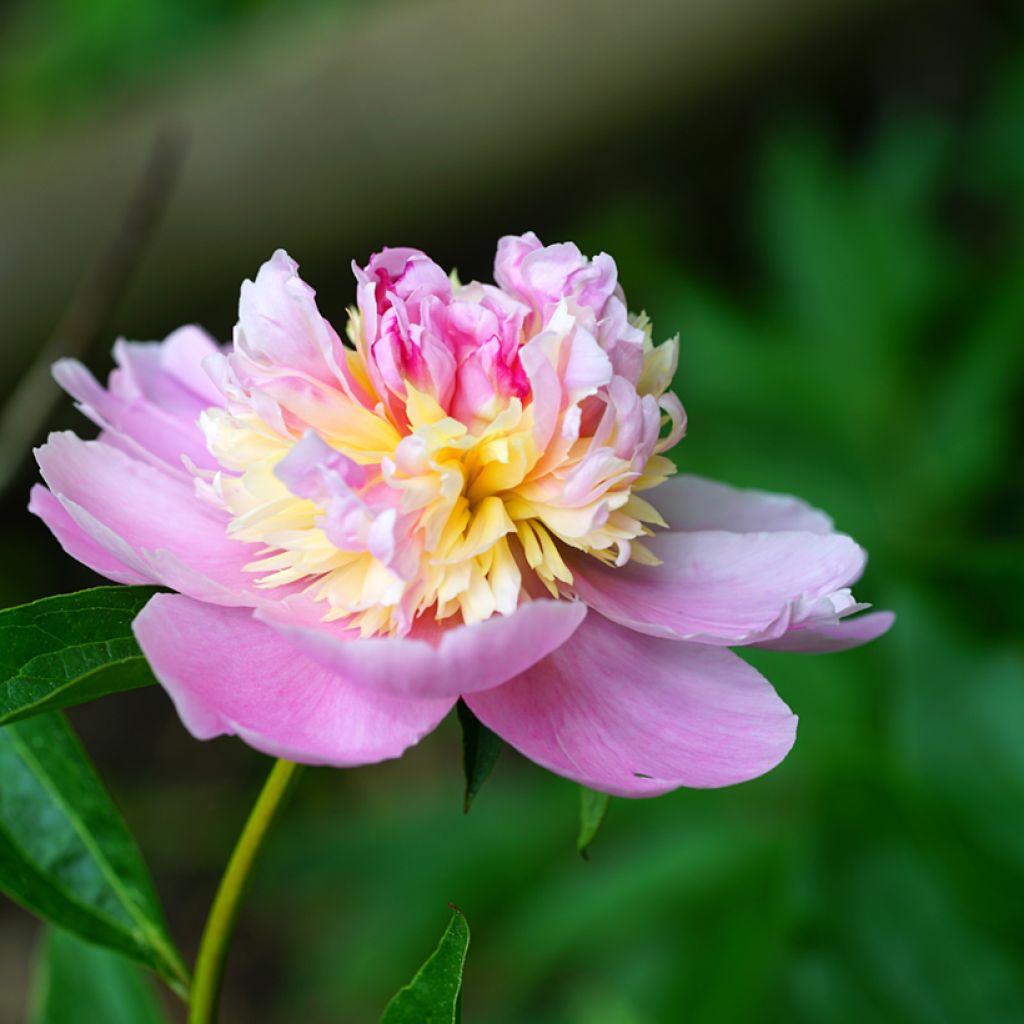

Paeonia lactiflora Sorbet


Paeonia lactiflora Sorbet
Paeonia lactiflora Sorbet
Paeonia x lactiflora Sorbet
Chinese Peony, Herbaceous Peony
It didn't work out? I regret this choice...
roxane, 08/01/2025
Special offer!
Receive a €20 voucher for any order over €90 (excluding delivery costs, credit notes, and plastic-free options)!
1- Add your favorite plants to your cart.
2- Once you have reached €90, confirm your order (you can even choose the delivery date!).
3- As soon as your order is shipped, you will receive an email containing your voucher code, valid for 3 months (90 days).
Your voucher is unique and can only be used once, for any order with a minimum value of €20, excluding delivery costs.
Can be combined with other current offers, non-divisible and non-refundable.
Why not try an alternative variety in stock?
View all →This plant carries a 12 months recovery warranty
More information
We guarantee the quality of our plants for a full growing cycle, and will replace at our expense any plant that fails to recover under normal climatic and planting conditions.
Would this plant suit my garden?
Set up your Plantfit profile →
Description
Paeonia lactiflora 'Sorbet' is a deliciously spectacular Chinese peony, highly sought after for bouquet making. Its astonishing double flower, pleasantly scented, offers a rare colour and a very unusual shape, evoking a frozen sweet topped with whipped cream. Small frilly petals of vanilla cream are sandwiched between layers of larger petals in strawberry and raspberry ice cream colours. This spring flowering becomes increasingly abundant over time, and it is even possible from the first year.
The Chinese herbaceous peonies primarily come from Paeonia lactiflora, a perennial herbaceous plant native to central and eastern Asia (from eastern Tibet and northern China to eastern Siberia), where it naturally grows in woods and meadows. This plant belongs to the Ranunculaceae or Paeoniaceae family. Herbaceous peonies, perennial by virtue of their roots, form a clump of foliage that completely disappears in winter. Easy to grow in all regions, they thrive in loose and rather moist soil, in full sun. Robust and faithful, they sometimes take a little time to establish themselves, but they grow year after year and can live for more than 50 years.
The 'Sorbet' peony is an horticultural variety of unknown origin discovered in an orchard by Luc Klinkhamer, a Dutch specialist in perennial plants, during a trip to South Korea in 1987. It flowers in May-June, more or less early depending on the climate, for 2 to 3 weeks. Its well-double flower, in the form of a more or less elevated pompom, 15 cm (6in) wide, has 3 layers of petals of different shapes and colours: the first composed of rather round and wide petals of a fresh pink, the second composed of small petals called petaloids of a light yellow to cream white colour, and the third composed of small petals of a lighter pink. They exhale a sweet sugary fragrance. Its intensely green foliage, deeply lobed, is decorative. It often turns red at the end of the season and disappears with the first frost, only to come back stronger in spring. It plays the role of a beautiful bushy clump in flowerbeds with its stems that emerge from the collar. It is a low-maintenance and very hardy peony. When fully grown, it can reach a height of 1m (3ft) when in bloom.
The 'Sorbet' peony makes a great impact in flowerbeds, accompanied by other perennials such as bellflowers and catmints, but it can also be placed alone, prominently displayed. It was used in traditional vegetable garden paths, at the foot of fruit trees. This peony also forms sumptuous bouquets which, along with lilacs and irises for example, will perfume the house. In China, where it has been cultivated for over 2000 years, the peony is a symbol of wealth and honour.
Report an error about the product description
Paeonia lactiflora Sorbet in pictures




Flowering
Foliage
Plant habit
Botanical data
Paeonia
x lactiflora
Sorbet
Ranunculaceae
Chinese Peony, Herbaceous Peony
Cultivar or hybrid
Planting and care
Place the Nymph Peony mainly in the sun. In southern regions you should provide partial shade, protecting it during the hottest hours of the day. Plant from September to May, except during freezing periods, in fertile and deep, humus-bearing soil that is moist but well-drained, to prevent the roots from rotting. Easy to grow, peonies require little maintenance. During planting, dig a large hole measuring 40 to 50 cm (16 to 20in) on each side and add potting soil, river sand, and peat. Place the collar at ground level. Do not overcrowd the plants to ensure proper air circulation. Keep the soil moist throughout the growing season with regular watering.
Peonies are known to be homebodies, so you shouldn't move them after planting. (If you do they have to be divided, otherwise they won't flower for several years). From February to April or October to November, cut the foliage to ground level, taking care with the young shoots. Provide a stake to support the floral stems, and remove faded flowers during the season. Protect peonies from viruses, nematodes, and thrips larvae. Armillaria (honey fungus) can cause rapid plant death, and stem rot destroys shoots and flower buds.
Planting period
Intended location
Care
-
, onOrder confirmed
Reply from on Promesse de fleurs
Haven't found what you were looking for?
Hardiness is the lowest winter temperature a plant can endure without suffering serious damage or even dying. However, hardiness is affected by location (a sheltered area, such as a patio), protection (winter cover) and soil type (hardiness is improved by well-drained soil).

Photo Sharing Terms & Conditions
In order to encourage gardeners to interact and share their experiences, Promesse de fleurs offers various media enabling content to be uploaded onto its Site - in particular via the ‘Photo sharing’ module.
The User agrees to refrain from:
- Posting any content that is illegal, prejudicial, insulting, racist, inciteful to hatred, revisionist, contrary to public decency, that infringes on privacy or on the privacy rights of third parties, in particular the publicity rights of persons and goods, intellectual property rights, or the right to privacy.
- Submitting content on behalf of a third party;
- Impersonate the identity of a third party and/or publish any personal information about a third party;
In general, the User undertakes to refrain from any unethical behaviour.
All Content (in particular text, comments, files, images, photos, videos, creative works, etc.), which may be subject to property or intellectual property rights, image or other private rights, shall remain the property of the User, subject to the limited rights granted by the terms of the licence granted by Promesse de fleurs as stated below. Users are at liberty to publish or not to publish such Content on the Site, notably via the ‘Photo Sharing’ facility, and accept that this Content shall be made public and freely accessible, notably on the Internet.
Users further acknowledge, undertake to have ,and guarantee that they hold all necessary rights and permissions to publish such material on the Site, in particular with regard to the legislation in force pertaining to any privacy, property, intellectual property, image, or contractual rights, or rights of any other nature. By publishing such Content on the Site, Users acknowledge accepting full liability as publishers of the Content within the meaning of the law, and grant Promesse de fleurs, free of charge, an inclusive, worldwide licence for the said Content for the entire duration of its publication, including all reproduction, representation, up/downloading, displaying, performing, transmission, and storage rights.
Users also grant permission for their name to be linked to the Content and accept that this link may not always be made available.
By engaging in posting material, Users consent to their Content becoming automatically accessible on the Internet, in particular on other sites and/or blogs and/or web pages of the Promesse de fleurs site, including in particular social pages and the Promesse de fleurs catalogue.
Users may secure the removal of entrusted content free of charge by issuing a simple request via our contact form.
The flowering period indicated on our website applies to countries and regions located in USDA zone 8 (France, the United Kingdom, Ireland, the Netherlands, etc.)
It will vary according to where you live:
- In zones 9 to 10 (Italy, Spain, Greece, etc.), flowering will occur about 2 to 4 weeks earlier.
- In zones 6 to 7 (Germany, Poland, Slovenia, and lower mountainous regions), flowering will be delayed by 2 to 3 weeks.
- In zone 5 (Central Europe, Scandinavia), blooming will be delayed by 3 to 5 weeks.
In temperate climates, pruning of spring-flowering shrubs (forsythia, spireas, etc.) should be done just after flowering.
Pruning of summer-flowering shrubs (Indian Lilac, Perovskia, etc.) can be done in winter or spring.
In cold regions as well as with frost-sensitive plants, avoid pruning too early when severe frosts may still occur.
The planting period indicated on our website applies to countries and regions located in USDA zone 8 (France, United Kingdom, Ireland, Netherlands).
It will vary according to where you live:
- In Mediterranean zones (Marseille, Madrid, Milan, etc.), autumn and winter are the best planting periods.
- In continental zones (Strasbourg, Munich, Vienna, etc.), delay planting by 2 to 3 weeks in spring and bring it forward by 2 to 4 weeks in autumn.
- In mountainous regions (the Alps, Pyrenees, Carpathians, etc.), it is best to plant in late spring (May-June) or late summer (August-September).
The harvesting period indicated on our website applies to countries and regions in USDA zone 8 (France, England, Ireland, the Netherlands).
In colder areas (Scandinavia, Poland, Austria...) fruit and vegetable harvests are likely to be delayed by 3-4 weeks.
In warmer areas (Italy, Spain, Greece, etc.), harvesting will probably take place earlier, depending on weather conditions.
The sowing periods indicated on our website apply to countries and regions within USDA Zone 8 (France, UK, Ireland, Netherlands).
In colder areas (Scandinavia, Poland, Austria...), delay any outdoor sowing by 3-4 weeks, or sow under glass.
In warmer climes (Italy, Spain, Greece, etc.), bring outdoor sowing forward by a few weeks.






























